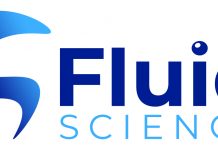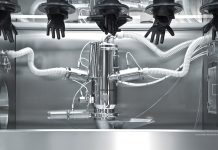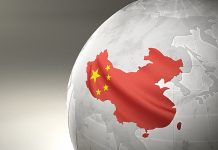Start with determining the strengths and weaknesses of your case
How critical is your substance?
The REACH authorisation process is complex and critical to your business. To give a practical example, in 2013 Vlisco (textile industry) requested our support for the authorisation of trichloroethylene. In a first step, we developed the dossier strategy. This was done together with the company’s management by means of in-house workshops. These workshops led to the determination of the major strengths and weaknesses of their potential application. Not an easy exercise and already at the early beginning of the process key questions had to be resolved…
- How safe is your use really? How low is your exposure? How easily can you demonstrate this?
- Is there evidence of a research program for the replacement of trichloroethylene? Or even better, do you already have an alternative in the pipeline? If yes, by when can you get it installed?
- What will you do if authorisation is not granted (non-use scenario)?
- Can we already make some judgement on whether the benefits of a granted authorisation will outweigh the risks?
Putting it all into practice
Once the dossier strategy was set and Vlisco decided to proceed, an application for authorisation was generated for this non-threshold substance. The dossier building started with the preparation of a company specific exposure scenario. Personal monitoring information was used and we demonstrated minimization of emissions. Bio-monitoring data, generated during the course of the project, further supported the outcome of the assessment. In a final stage, the “weakest” exposure point was identified and additional measures were proposed for further improvement. In the analysis of alternatives, a long list of potential alternatives was identified and assessed. From this long-list a short-list was generated. For each alternative on the short list it was then demonstrated that the potential alternatives could not be considered technically feasible, nor economically feasible, nor would they result in a risk reduction. Next to the alternatives, also several non-use scenarios (in simple terms… what will we do if authorisation is not granted) were intensively discussed leading to the identification of the most plausible non-use scenario. This non-use scenario formed the input for the socio-economic analysis.
How strong is your case?
In the end, all arguments present on the table lead to the identification of the most appropriate review period. In this case, the applicant (Vlisco) requested a review period of 12 years. Both the Risk Assessment Committee (RAC) and the Socio-Economic Committee (SEAC) confirmed that 12 years was considered an appropriate review period based on the arguments and the research plan provided by the applicant.
Lessons learned
- Get your strategy straight from the beginning.
- Generating an application for authorisation is not a one-man job. If you want this to work out ensure you have the right team involved.
- Time is of the essence. Start in time as timely data collection has proven to be a challenge.
- Be to the point, clear, transparent
- Ensure the story is credible!
www.apeiron-team.eu














